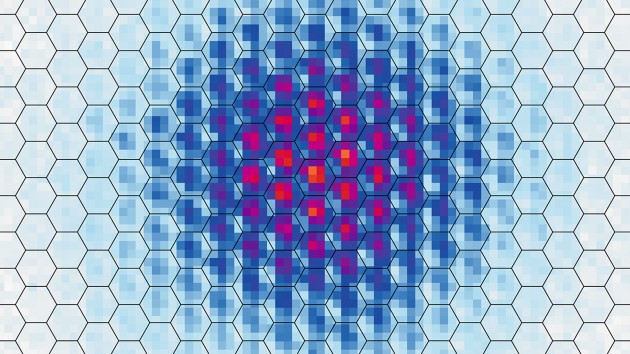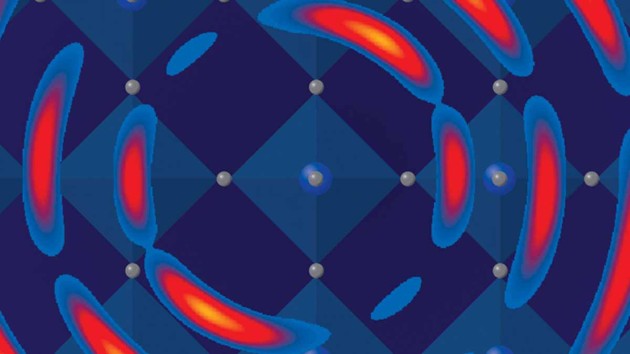Insight |
Collections
Filters
-
Collection Type
-
-
Insight |
 Ultracold quantum technologies
Ultracold quantum technologies
The impressive achievements made with quantum gases rely on continuous improvements in the underlying methods.
Image: Christof Weitenberg et al. -
Insight |
 Physics of living systems
Physics of living systems
Recent advances in our understanding of the physics of living systems have come from biologists and physicists working in close collaboration. This Insight celebrates this approach by showcasing research across all the length scales relevant to living systems — from molecules and cells to tissues, organisms and populations.
Image: Image by André E. X. Brown and Benjamin de Bivort -
Insight |
 Quantum materials
Quantum materials
This joint Nature Physics and Nature Materials Insight explores the physics of quantum materials, their synthesis and design, the control over their properties, and the functionality that emerges from these properties. Produced with the support of the Gordon & Betty Moore Foundation and the Simons Foundation.
Image: Hsieh lab -
Insight |
 Dark Matter
Dark Matter
Dark matter makes up most of the Universe, but very little is known about it. This joint Nature Astronomy and Nature Physics Insight explores the history and current status of dark matter searches in particle physics, astrophysics and cosmology.
Image: Ralf Kaehler and Tom Abel ( KIPAC, SLAC / Stanford University ) -
Insight |
 Nuclear Fusion
Nuclear Fusion
Harnessing the energy produced in nuclear fusion reactions is an ongoing grand challenge. This Insight focuses on the achievements made so far and the trials ahead, highlighting that at the core of nuclear fusion lies some fascinating physics.
Image: Bart Verberck and Bethany Vukomanovic -
Insight |
Nature Physics Insight — Non-equilibrium physics
Efforts to probe the physics of systems removed from equilibrium date back to Maxwell himself. But recent progress has renewed interest in the endeavour — a trend highlighted by this Insight, collecting key advances from across the research spectrum.
-
Insight |
Nature Physics Insight — Foundations of Quantum Mechanics
Over the past two decades, the fields of quantum information theory and quantum technology have emerged and matured. The theoretical and experimental tools developed in this context are now making it possible to revisit the very foundations of quantum theory, and to explore the terra incognitathat may lie beyond. In this Insight, we survey recent trends in the study of the foundations of quantum mechanics: from the expansion or even rethinking of quantum theory, to ambitious new experiments that will seek the elusive effects of quantum gravity.
-
Insight |
Nature Physics Insight — Quantum Simulation
Before the advent of digital computers, sophisticated orreries were used to predict the positions and motions of astronomical bodies. Today, we are witnessing the renaissance of devices that simulate, rather than calculate, the evolution of complex many-body systems. Quantum simulators — which use one controllable quantum system to investigate the behaviour and properties of another, less accessible one — hold the promise of tackling problems that are too demanding for classical computers. Over the past few years, significant progress has been made in a number of experimental fields, as reviewed in this Insight, which also considers where quantum simulation might take us.
-
Insight |
Nature Physics Insight — Complexity
In many large ensembles, the property of the system as a whole cannot be understood from studying the individual entities alone — these ensembles can be made up by neurons in the brain, transport users in traffic networks or data packages in the Internet. The past decade has seen important progress in our fundamental understanding of what such seemingly disparate 'complex systems' have in common; some of these advances are surveyed here.
-
Insight |
Nature Physics Insight — Physics and the Cell
Looking at cells from a mechanistic perspective can provide insight into their behaviour and function that is not available through more empirical approaches. Numerical techniques and material-characterization experiments common in many physics laboratories are now proving to be useful tools in biology too.

 Complex optics
Complex optics